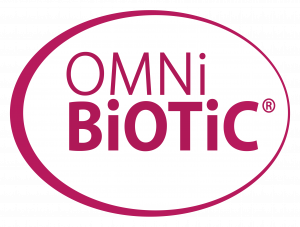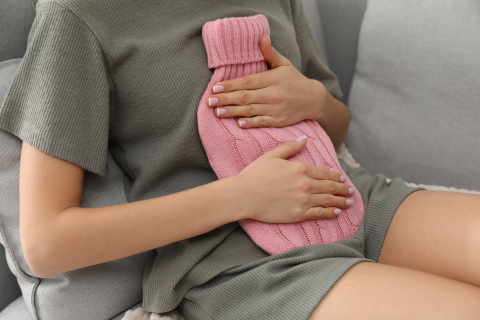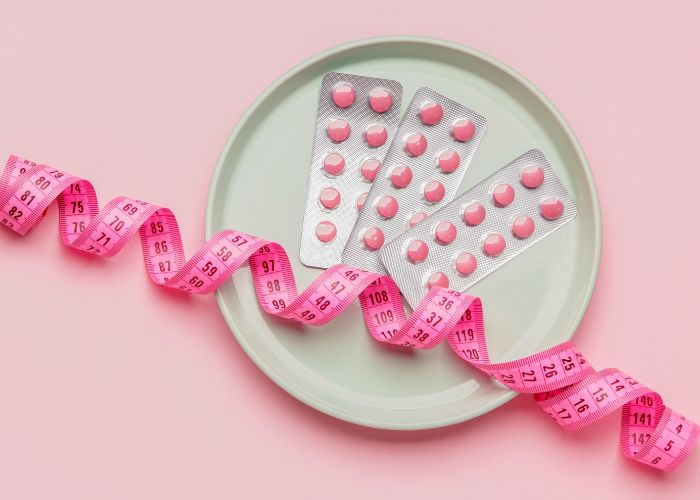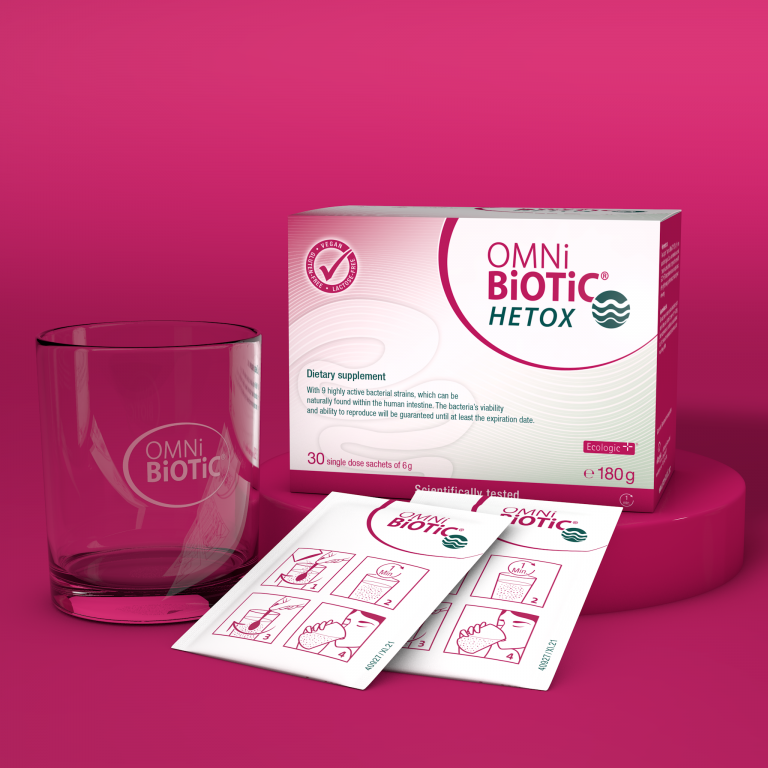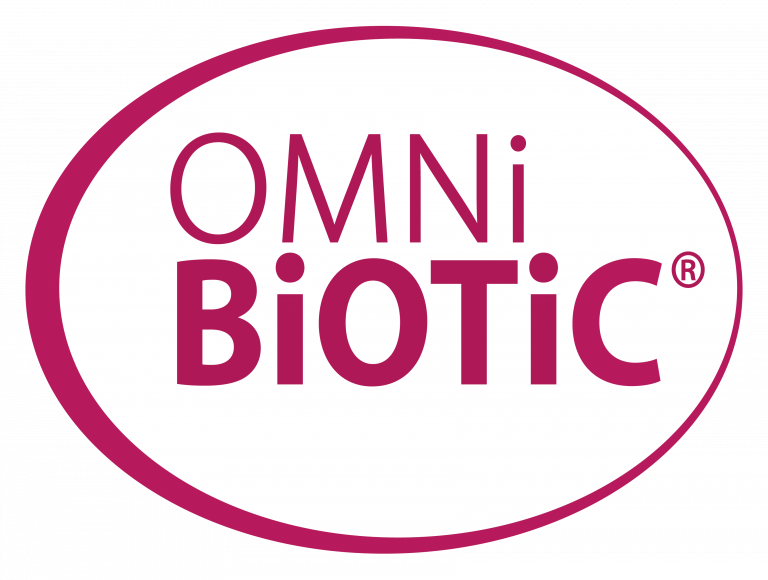The menopause is a time of hormonal changes in women around 50 years of age. Beforehand, the pre-menopause begins between the ages of 40 and 50 and includes the first phase of hormonal changes. The hormone production in the ovaries begins to drop, and the monthly cycle starts to become irregular.
The phases of menopause
The peri-menopause follows directly after the pre-menopause. This second phase occurs at roughly 50 years of age and encompasses the complete absence of menstruation. This moment is also known as the menopause, and most women can only determine this exact time retrospectively. During this period, the decreased production of oestrogens, androgens, and progesterone lead to significant mental and physical symptoms such as hot flushes, sleeping disorders, loss of libido and dry mucosa.
The post-menopause outlines the last phase of the menopause, which begins exactly 1 year after the last menstruation. The body gets used to the new hormonal balance, and the women have fewer symptoms. Nevertheless, the end of the post-menopause is different for each woman and depends on their individual hormonal status and complaints.
The intestinal flora and menopause

However, not only the ovaries play a role in the production of female sex hormones. The intestinal flora, according to the latest studies, also has an influence on the production of female sex hormones and vice versa. The composition of the intestinal bacteria depends heavily on environmental factors, diet, stress, the intake of antibiotics and hormones. As such, the intestinal flora is very unstable in the stages of life with the highest dynamic (childhood, puberty, ageing). Both oestrogen and progesterone levels fall during the menopause. The lower levels of progesterone have a direct negative effect on the intestinal barrier function. Furthermore, studies were able to show that the post-menopause increased the ratio between firmicutes and bacteroidetes. These observations coincide with the increased Body-Mass-Index of many women during this later stage of life.
A further change to the intestinal microbiome that occurs throughout the menopause is the reduced production of short-chain fatty acids which regulate appetite and the energy metabolism. This means that some of the critical symptoms during menopause are directly related to bacterial imbalances in the intestines.
The connection between the vaginal flora and menopause
But not only the intestinal bacteria change throughout a woman’s life, so does the composition of the vaginal flora. During the pre-menopause, a healthy vaginal flora is mainly colonised by lactobacilli. After menopause and the descent of oestrogen levels, the pH-value increases slightly. Furthermore, the amount of glycogen drops, also thanks to the low oestrogen levels, which negatively influences the growth of lactobacilli. This leads to a dysbiosis of the vaginal flora and the increased occurrence of proteobacteria such as streptococcus and anerococcus. The intake of a special probiotic mainly containing lactobacilli allows important and natural lactobacilli to enter the vagina and restore a balanced vaginal flora.
